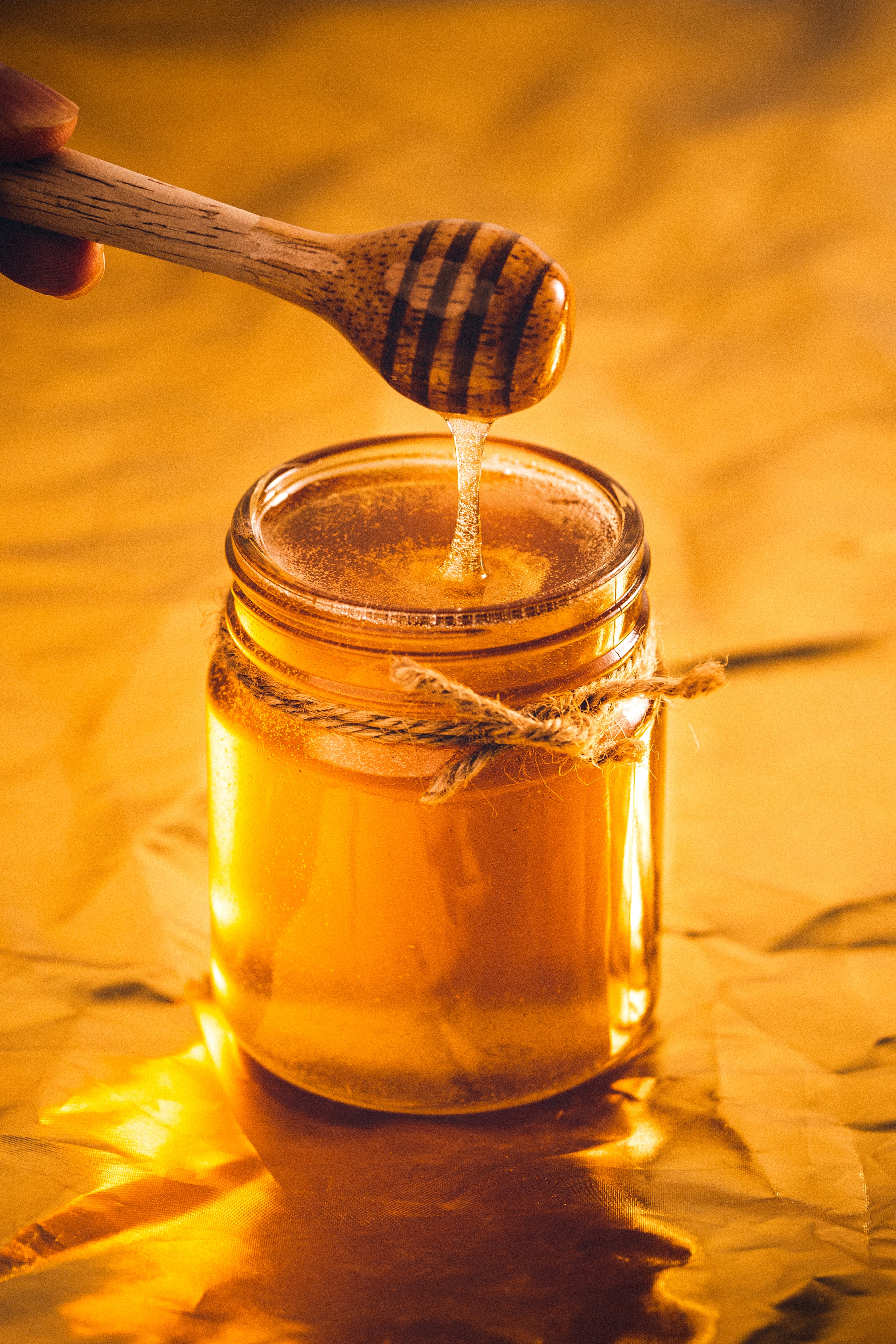Mead is certainly enjoying a revival across the United States today. This ancient drink dates back to either Greek culture or earlier Egyptian culture and can now be found on the shelves of most local liquor stores. Some people have even begun brewing mead at home.
It isn’t quite a beer, a cider, or even a wine. Mead exists purely as its own category of alcoholic beverage. Even though it has been referred to as “honey wine” throughout its long history, mead differs in several distinct ways from all the aforementioned beverages.
This renewed interest in mead (many blame the popular HBO series Game of Thrones for mead’s growth in popularity) has more people questioning how mead compares to wine. Spoiler alert: when it comes to wine vs. mead, it’s mainly down to personal preference.
Let’s take a look at the key differences in their history, the ingredients used, the different tastes, and the process by which they are made. Hopefully, this short intro to wine vs mead will help you to understand exactly what you are drinking.
What Sets Wine Apart From Mead? The Major Difference: Sugar vs Honey

Photo by Art Rachen on Unsplash
While both wine and mead are classified as “non-distilled fermented beverages,” they each use very different basic ingredients. In short, wine is made from grapes while mead is made using honey.
The original recipe for mead includes honey, water, and yeast as the base ingredients. Wine uses the must of crushed fruits, primarily grapes — although other fruits such as strawberries, plums, and dandelions are all popular non-grape variants of fruit wine. Typically, additional sugar is added to the wine along with the water and yeast, whereas the honey in mead contains all the necessary sugar required for fermentation.
Ciders differ from both mead and wine as they are pressed and use only the juice of the fruit, rather than the pulp of macerated fruits, and again have additional sugars added to aid with fermentation. Although sugar can be added to mead to aid fermentation occasionally, it is not strictly necessary.
Basically, the simplest way to differentiate mead from other alcoholic drinks is by its fermentable sugar source: Mead primarily gets its sugars from honey, whereas beer and wine use the sugar from grains or fruit, respectively.
That said, there is a bit of confusing nuance when it comes to the difference between wine and mead as certain wines may add honey for extra sweetness, and meads may have a bit of wine added to them for a more robust flavor.
Confused? You’re not alone! So let’s see what the other key differences are, and maybe we can clear up some of that confusion.
The History of Wine and Mead

Photo by Federico Di Dio photography on Unsplash
Mead predates wine by hundreds, if not thousands, of years. Both have been enjoyed in ancient and modern cultures and are thought to have been discovered by the accidental fermentation of wild yeasts.
Mead, however, has a history that spreads across the globe as it was consumed on every continent for thousands of years. Wine, on the other hand, was confined more to Mediterranean regions where grapes grew in abundance. Considering that bees are everywhere, honey could likewise be harvested on every continent. Jugs thought to have been mead vessels have been carbon dated back to 7000 BCE by archeologists in neolithic villages in the Henan province of China.
In Ancient Greece, mead — or hydromel, a similar drink also made with fermented honey and water — preceded wine and was thought to be the preferred tipple of Aristotle, who later wrote about mead in his Meteorologica texts.
It wasn’t until global trading and the expeditions of early explorers that wine history truly began and wine became prominent worldwide.
Mead actually started to fall out of favor in the 1700s and 1800s as wines and spirits became more readily available. On top of this, the general populace didn’t have wide access to the proper equipment for harvesting honey on a grand scale. Wine and beer, however, were significantly easier to produce than mead, despite the ingredients for mead being technically easier to obtain.
The craft beer renaissance ushered in a new era for mead’s popularity. When restrictions were lifted on smaller craft brewing and home brewing, people began to explore different sorts of beer to produce. Although it’s not a beer, the simple process of crafting mead meant that novice homebrewers were able to get in on the action, all the same. Thus, as craft beer distilleries began to pop up everywhere, so too did meaderies, with the American Mead Maker’s Association (AMMA) now stating that over 500 meaderies are in business in the USA alone.
What Makes a Wine?

Photo by Art Rachen on Unsplash
A wine style, of which there are hundreds, is classified by the kind of grape from which it is made. Wine grapes are different from the grapes you’d find at your local grocery store — Concord grapes might be great for snacking on but they will make terrible wine.
The grape variety determines the type of wine, its color, and its flavor. Red wine, for example, is made with the skin of the grapes, while white wine uses grapes that have been skinned. You can even get red or white wine varieties of grapes such as the Pinot Grigio, a crisp dry white wine, or Pinot Noir, an earthy, robust red wine. Wine blends often use a range of grape variants for a more complex flavor than straightforward table wine.
Wine, by definition, also includes any fermented drink using fruits, with country wines such as blueberry wine being popular alternatives to classic grape wines.
Classifications of Mead
Mead is generally classified by its level of sweetness or by any additional ingredients added to it. Unflavored meads generally come in three varieties: sweet mead, dry mead, or semi-sweet/semi-dry mead.
Other varieties of mead are classified by their additional ingredients:
- Melomel is mead with flavoring from fruit juices added during the fermentation process. Further categories of melomel mead include cyser, a mead with apple juice added; payment, a mead mixed with grapes or wine (the mead closest to wine); and rubamel, a mead with raspberry juice.
- Metheglin meads are flavored with herbs and spices such as rose hips, cinnamon, or ginger. Mulled meads are made with mulling spices in the same ways as ciders or many batches of wine.
- Braggot mead is perhaps the most similar to a beer as it is blended with malted barley and hops. This style is incredibly popular in Wales in the UK.
- Bochet mead is a variant that uses caramelized honey to create sweeter, more complex flavors such as toffee, coffee, or marshmallow.
Wine Blends are an Art Form — Mead Blends Are Virtually Non-Existent
Most of the wines on a supermarket shelf are blends of different wines, even when the label lists only one grape type. This is similar to the blended whiskey process, where the blender will take multiple vintages of a batch and combine them. Different ages of wine, from 10-year-old blends to relatively fresh or young one-year wines, are often mixed together. Table wine blends often combine different grape varieties as well as differing vintages.
Only wines labeled “single estate wines” are made from a single year’s grapes — a bit like a single malt Scotch.
By comparison, meads typically aren’t blended — what’s produced goes in the bottle. An additional benefit is the lack of a “collectible mead market,” whereas some of the finest wines often become collectibles, demanding extortionate prices.
What’s the Alcohol Content of Mead vs Wine?
Although the alcohol content of meads can vary from one mead maker to another, they tend to have a similar ABV to wine. Since mead and wine use the same yeast in the fermentation, each can withstand higher ABVs of up to 15% to 20%.
Typical mead has an alcohol content between 8% and 20% alcohol by volume, although 12% (a standard wine ABV) to 16% is the most common.
How Is Mead Aged and Stored?

Similar to wine, mead is aged for longer periods to allow the flavors to mature. If you are going to try and brew mead, I would suggest not expecting to open any bottles of honey wine for at least a good three to four months.
A key difference is that wine is matured in barrels, while mead matures in the bottle. Many mead producers use an old-fashioned swing-top style of bottle, similar to Grolsch beer bottles, as once mead is opened it will keep for up to a month. Comparatively, a bottle of wine will quickly go sour or produce off-tastes after a few days.
Due to the higher amount of sugar found in the honey used in mead, it will stay preserved for longer than your average bottle of wine.
Wine vs Mead: The Bottom Line
As a life-long wine fan, I have been tempted to experiment with different meads, and I have been pleasantly surprised. There’s no right or wrong: mead isn’t better than wine; wine isn’t better than mead. It all comes down to personal preference. Although they both share the same crafting process, and some meads even use grapes for a more wine-like flavor, there are different flavor nuances with each.
If you’ve ever tried your hand at homebrewing wine, why not try giving mead a go? It doesn’t require any additional equipment, the methodology is basically the same, and you can even use some of those wine yeasts you already have. Just don’t expect to drink it in a hurry, for the best results.
Have you tried a bottle of mead in your local bar instead of the usual glass of wine? Did you like it, and do you have any personal favorite brands? Have you ever tried to brew your own mead? Let us know — we’re dying to hear your mead stories!

